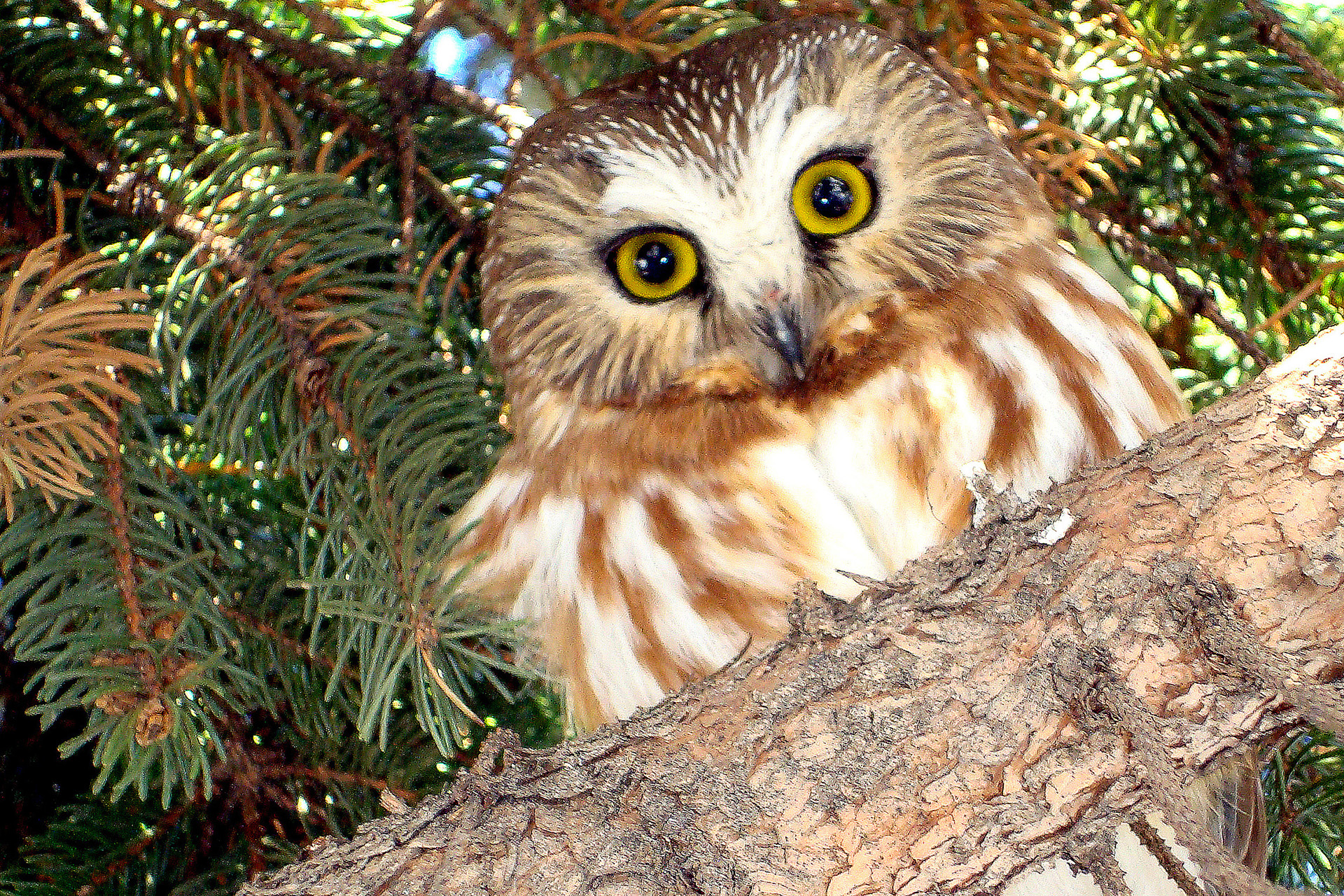What We're Reading at Felix Neck
July 10, 2024
What an Owl Knows by Jennifer Ackerman
Owls are very good at keeping secrets, especially their own.
Even their greatest fans—wildlife biologists—were left in the dark about the population of Northern Saw-whet Owls in one state in the middle of their range. Concerned that the Saw-whet population was shrinking and might require legal protection, the state commissioned the scientists to get an accurate count of the diminutive owls.
The results were stunning as the researchers discovered that the owls were not endangered at all. The Saw-whet’s clandestine lifestyle—completely nocturnal, staying mostly quiet, and living high in the forest canopy away from human populations— allowed them to thrive virtually undetected. In fact, they were probably the most common small predator in the forests of the state.
What an Owl Knows by Jennifer Ackerman, author of The Genius of Birds and The Bird Way, attempts to unlock the secrets of “the world’s most enigmatic birds.” As with her earlier works, Ackerman travels the world looking for owls, “a maddening and elusive treasure hunt,” and working with owl researchers studying them.
There are arguably around 250 species of owls worldwide (and even that is controversial, as estimates range from 227 to 261) and they vary widely in size and habitat. Owls can be found on every continent except Antarctica, living in a wide variety of habitats ranging from Snowy Owls in the Arctic tundra to Desert Owls in the Middle East. The largest owl is the Blakiston’s Fish Owl of eastern Asia, which is “the size of a fire hydrant with a six foot wingspan” and weighs in at about ten pounds. The smallest is the 1.4 ounce Elf Owl of the southwestern United States, a bird that would fit comfortably in the palm of your hand.
Owls are tenacious highly-adapted predators with a wide variety of diets. Some are specialists, eating only fish, or others only insects. But most are generalists, eating a wide variety of rodents and other small mammals, reptiles, and other birds. They are also known to scavenge larger game when the opportunity presents itself. And, they are prodigious hunters: a Barn Owl with a family of six owlets to feed will capture around 1,000 small rodents in the three-month period between hatching of the brood and fledging of the young.
With their secretive nature, owls are notoriously difficult to study. In recent years, modern (and some not-so-modern) technologies are being put to use. Small GPS satellite transmitters and nanotags are now being placed on netted individuals to track their local flights and migrations. Other researchers have placed hundreds of microphones in remote forest areas to collect mating calls, using the results to locate owl nests. Others are locating nests by training dogs to detect the odor of owl pellets, the nuggets of undigestable, regurgitated foodstuff that can be found on the ground.
Ackerman brings all of this owl lore to life, discovering and sharing many of the secrets of these remarkable birds. Happily, as she makes clear, there are still many mysteries left to be unraveled.
Steve Allen is a volunteer at Felix Neck and is Lead Editor of the Habitat Herald, the newsletter of the Loudoun Wildlife Conservancy in Virginia, where this review originally appeared.
Owl Study at Mass Audubon
There are eight owl species that you may spot in Massachusetts. In order to better understand their lives, Mass Audubon takes part in a number of owl studies, including Northern Saw-whet Banding and the Snowy Owl Project. By better understanding and supporting the lives of owls, our larger habitats and ecosystems will thrive. Learn more about owls
Get Your Copy of What an Owl Knows
Dive into the wonderful world of owls by picking up your copy of What an Owl Knows by Jennifer Ackerman at Felix Neck’s in person gift shop or via the online Mass Audubon Shop.
Stay Connected
Don't miss a beat on all the ways you can get outdoors, celebrate nature, and get involved.




